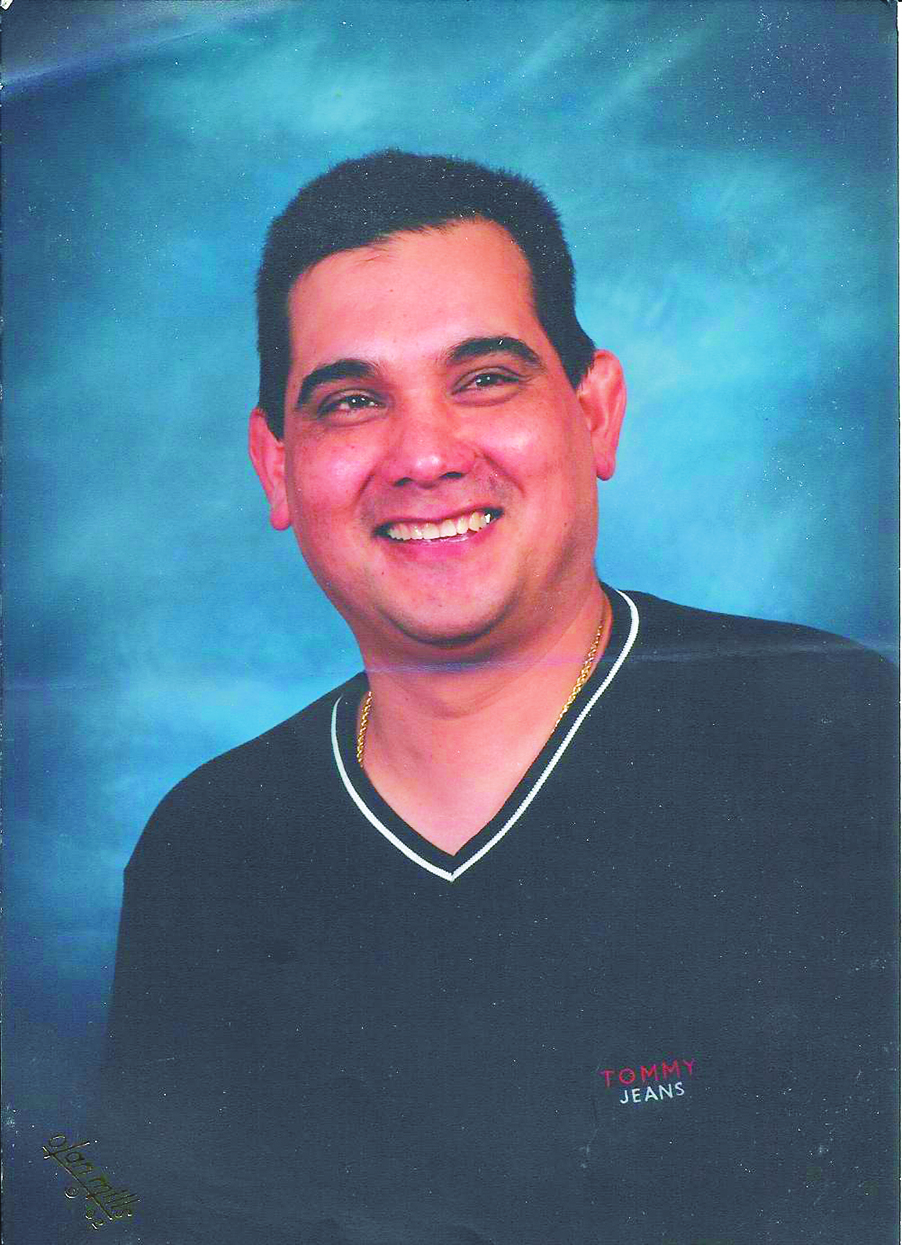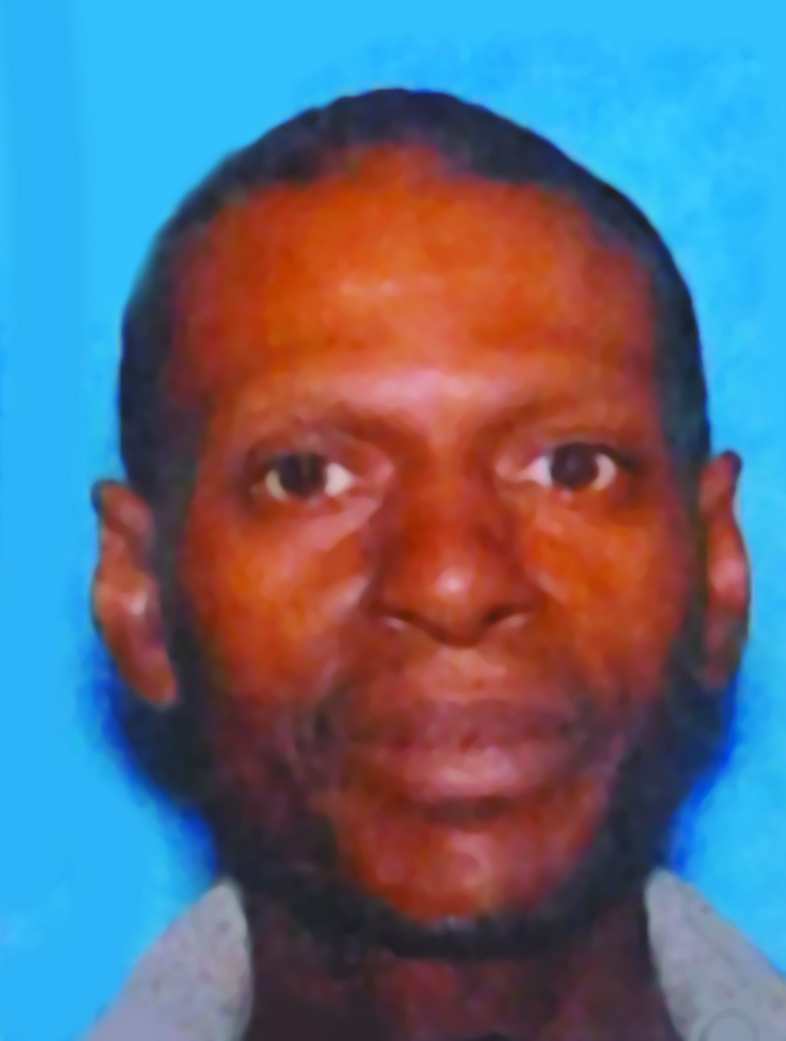DURING SOME OF the ugliest violence on Mardi Gras, police officer Stuart Colman was frozen—under order of his superior—above the melee on the roof of the “sunken ship” parking garage at the intersection of Yesler and James. As he looked below, he saw at least three severe beatings in the space of five minutes and felt sickened by his enforced passivity. “At some point,” he says, he and other officers stationed there “were even wondering whether to disobey command and do something maverick.”
He looked over and saw Chief Gil Kerlikowske standing there himself “like someone had nailed his shoes to the ground.” Police Guild Vice President Colman’s reaction was “total disbelief, that [the chief] could be seeing what I was seeing and doing nothing.”
The new chief’s handling of Mardi Gras raises serious questions about his leadership, asked perhaps most loudly by his own rank and file. This was the man who was supposed to be different from predecessor Norm Stamper, the politically correct commander who proved at WTO that he couldn’t handle crowd control on a massive scale and stepped down because of it. Brought in six months ago, Kerlikowske was hailed as a pro, a former Department of Justice big shot who had top police connections all across the country. But last week, Kerlikowske oversaw a crowd fiasco, in terms of violence, even worse than WTO. One man died, tragically, from an attack while trying to help someone else out of the violence. The crowd was so out of control that people threw bottles and rocks at the officers, Colman among them, who were finally called in to rescue the dying man.
Without question, Kerlikowske is in a damned-if-you-do-damned-if-you-don’t situation, as he and Mayor Paul Schell lamented at a press conference after the riots. Civil libertarians are ever ready to jump on the police for being too forceful, as they did after the Friday and Saturday night Mardi Gras celebrations. By moving in too quickly on those nights, some said, police only provoked confrontation. Then when police hold back, as on Fat Tuesday, they’re criticized for not being forceful enough by press, community groups, and law-and-order advocates.
Kerlikowske says he tried to strike a balance on Mardi Gras night that took into account the unusually hostile environment. “I don’t know of a single police tactic that exists to be able to insert officers into the middle of a mob,” he said. If officers had tried to do so, he said, they could have sparked far worse violence.
Police firearms instructor and Guild board member Ken Saucier, however, wonders whether the balance struck had more to do with a concern for public image than with the on-the-ground reality of Tuesday night. “You don’t leave people bleeding and dying on the street because you don’t want to look bad.”
Furthermore, he and some other officers feel that an ominous message has been sent by the police’s limp performance at the city’s biggest events of late, beginning with WTO, extending through the N30 anniversary celebration (in which officers were upset by being put on the street in their standard uniform, rather than protective riot gear), and now finally this. “The tone has basically been set,” Saucier says. “Seattle is a free-fire zone if you want to come in and act like a complete jerk.” Saucier and other police sources say Mardi Gras drew roaming groups of reputed gang members and thugs this year, whereas in past years the participants were predominately drunken frat boys.
Civil liberty watchdogs don’t see things in precisely the same way, since they vehemently objected to the force that was finally and aggressively used at WTO. However, both they and cops agree that in the wake of Mardi Gras, the city needs to reassess the way it prepares and deals with crowds. And Kerlikowske, to restore credibility, needs to play a central role in that process. “This is definitely going to be a critical test for him,” says Guild President Mike Edwards.
If changes are made, Kerlikowske should be able to overcome this setback. In the short time he’s been here, Kerlikowske has generally won approval for being a sharp, no-nonsense, and hands-on leader unafraid to exercise internal discipline when needed. He has hired outside consultants to do a top-to-bottom review of the department, something that pleases the Guild, which hopes the review will call attention to understaffing. The Guild also considers Kerlikowske, who can usually be found in uniform, more of an officer’s chief than his predecessor. Yet he gets credit, too, from the American Civil Liberties Union’s Doug Honig for an understanding of the Bill of Rights. It’s doubtful, though, whether his reputation, or the city’s, can withstand one more episode of mayhem.








